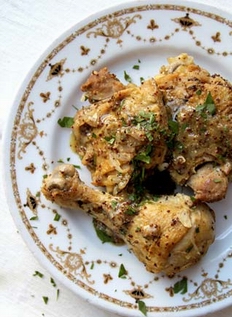 every refrigerator, whether a well-stocked Sub-Zero or a college dorm mini-fridge, has one thing in common: a bottle of mustard. The sharp yellow condiment has become an essential part of American cuisine, slathered on foods from soft pretzels to hot dogs and stirred into dressings and marinades. So beloved is the piquant sauce that there's an entire museum in Wisconsin dedicated to it, housing over 5,000 bottles of antique and contemporary mustards hailing from more than 70 countries — a testament to its worldwide popularity.
every refrigerator, whether a well-stocked Sub-Zero or a college dorm mini-fridge, has one thing in common: a bottle of mustard. The sharp yellow condiment has become an essential part of American cuisine, slathered on foods from soft pretzels to hot dogs and stirred into dressings and marinades. So beloved is the piquant sauce that there's an entire museum in Wisconsin dedicated to it, housing over 5,000 bottles of antique and contemporary mustards hailing from more than 70 countries — a testament to its worldwide popularity. Mustard's enduring appeal stems, in part, from its remarkable versatility. The tiny seed can be toasted and used whole, tossed into a jar of fermenting pickles, ground into a powder, or crushed and mixed with vinegar to form the familiar condiment that we spread onto sandwiches. It adds a welcome, sharp bite to all kinds of dishes, like a hearty dinner of chicken braised with mustard and white wine. An adaptation of a regional French classic, in my version I swap out the traditional Dijon in favor of a grainy, seeded mustard, and add chopped tarragon and thyme. The chicken emerges browned and tender with a richly perfumed sauce so delicious, you'll be mopping it up with bread before the dish even hits the table.





